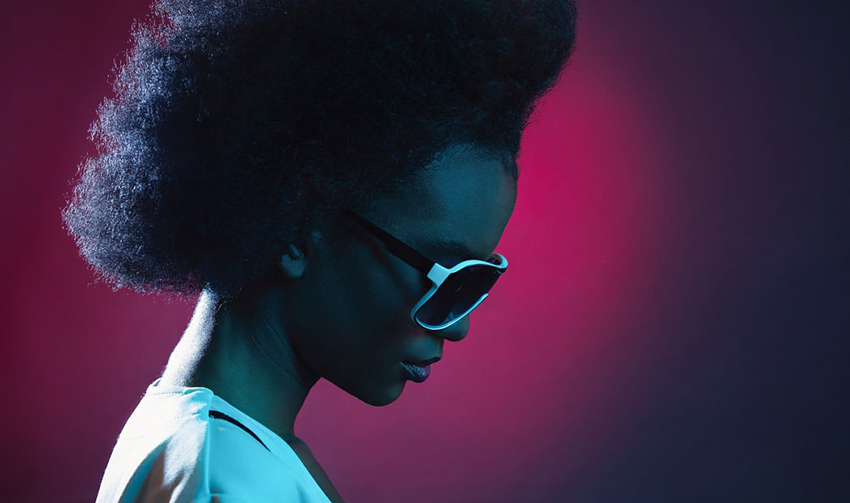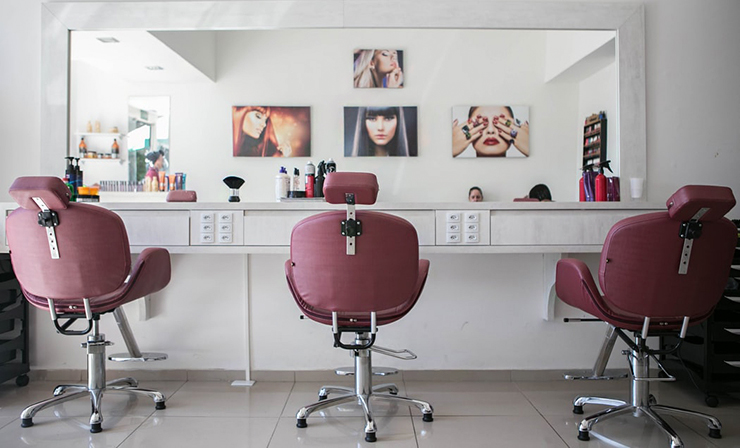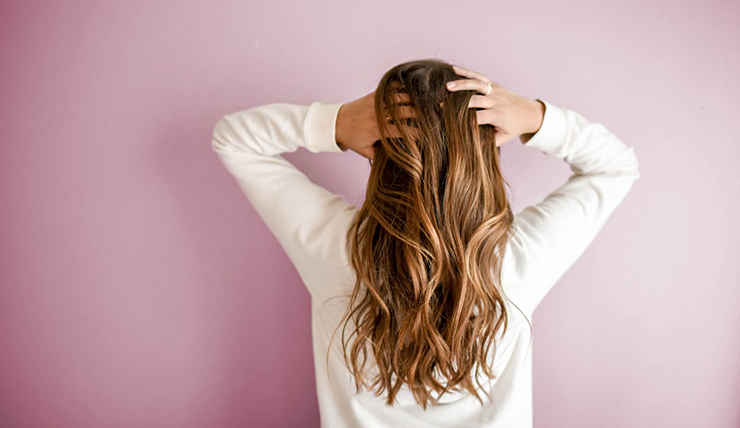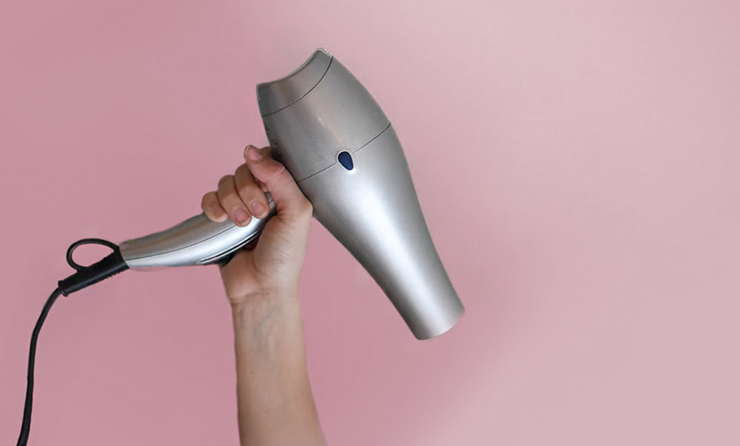23 Hair Care Tips

How to determine what’s your type of scalp without a trichoscope, whether to wash or not to wash your hair every day, which shampoo to take to the gym, who can use tear-free baby shampoo, how red wine is associated with thick hair, and many more practical tips for your hair care, which the editorial team of The Fashiongton Post specially prepared for you in this article.

1. As animals molt, so do we “molt” in spring and autumn. There is no escape from a seasonal fallout. Do not panic! With a medium hair density, loosing around 60 hairs per day is normal.
2. A tight tail and hair extension can thin out its volume by 30%. Under the sebaceous gland, we have a muscle that lifts our hair. Under it are stem cells which are your future hair follicles. Rigid and tight scrunchy or the weight of the glued hair keep this muscle in constant hypertonicity. The stem cell zone suffers from this. Hair, of course, will be renewed, but not in the same amount as before the extension. When removing artificial strands, take a break for 3-4 months to restore the previous density.
3. A similar rule applies to eyelashes. When removing eyelashes, wait a while before the next extension. Eyelashes recover faster and easier than hair. After 2-3 months you will receive a renewed ciliary edge.
4. Stress is one of the main causes of abnormal loss. Hair reacts to adrenaline, so in 2-3 months after a stressful situation you may await for an unplanned “molt”. Avoid emotional storms if you want to have beautiful curls.
5. The decision to exclude protein from the diet will lead to fragility and thinning of the hair. Hair consists of 80% protein: keratinocides, fibroblasts, trichocides – all these are protein cells. For the normal cell building, proteins and amino acids are necessary because they are the foundation of what the hair is formed from.
6. Neck massage is an excellent way to combat the hair loss. A spasm of the cervical vessels may be the cause of the pathological “molting”. Good blood supply to the skin is the key to uninterrupted and adequate nutrition of hair follicles.
7. How much time do you sleep? The longer it is — the more shine is in your hair. The shorter the sleep time — the duller your locks are.

8. The best hairstyle for sleeping is a spike braid. Lack of tension means the absence of vasospasm. Such a hairstyle will help you to form new follicles and will not interfere the sleep of those who are nearby.
9. Do not be afraid to comb your hair! When the natural phase of the hair loss occurs (and it lasts 5-6 weeks), many of us mistakenly try to use a comb less often, so that the hair would fall out as little as possible. The fact is that the outdated and almost dead hair needs to be renewed with a new and healthy hair which is already under it. So, make sure you comb it regularly!
10. 50% of sebum on the surface of our entire body is produced by the scalp. Regular exfoliation of this area at least once a week is a useful and necessary ritual. But it’s crucial to use the right exfoliants. Salt scrubs are a complete taboo! They do not only scratch the skin but also draw water from the epidermis. For the scalp, the best option would be chemical peeling based on glycolic acid – it easily dissolves sebaceous plugs. If applying special trichological haircare products, you can select peeling specifically for your skin type: salicylic, clay or glycol.
11. How to determine the type of your scalp without a trichoscope? Ask yourself: how often do you have to wash your hair?
* daily = fatty type.
* one time in 5–7 days = dry type.
* one time in 2–3 days = combined type.
12. Greasy roots and dry hair tips — a complaint of 60% of women when they visit a trichologist. Why is that so? The wrong shampoo is the answer. An average woman usually picks up a shampoo not for the skin but for the hair shaft: to moisturise, glue split ends and give smoothness. Such a shampoo contains an excess of silicones, oils and conditioning agents to smooth the core. Its pH is usually higher than the pH of the scalp, so it is not able to cleanse it of high quality sebum, dust and horny scales. The roots are getting fatter, but the trunk is still not getting enough moisture. A correctly selected shampoo will quickly solve this problem.
13. All you need from the shampoo is a quality cleansing. It is designed specifically for this. Sulphates and parabens are the two main cleansing ingredients in the shampoo which are responsible for the removal of the skin fat. But sulphates and parabens come in different qualities: low-cost oil products (as in the mass market) or expensive plant extracts, such as those made of coconut. The cost of these ingredients is reflected in the price.
14. Oily scalp has a pH 7.0–7.2 which can be cleaned well with a slightly acidic shampoo of a pH 3.2–3.5. If the scalp is dry, its pH is 2.3, so the shampoo with an acidity of 6.0 will help to clean and bring its acidity back to normal (because of this pH it is tear-free, as in baby shampoos, due to the shell of the eye having the same pH).

15. Wash your hair as it gets dirty, even if you have to do it twice a day. Near each hair follicle is a sebaceous gland which produces sebum. Some people have only one, some have two, and some — even six! This is genetics.
16. If the scalp needs to be washed too often, buy two shampoos — deep cleansing and neutral, and alternate them. The pH of the neutral will always be in the range of 5.0–5.5 (usually there is a mark “for daily washing” on the bottle). Then the epidermis of the scalp will not be overdried and will no longer compensate the lack of moisture with sebum.
17. Conditioner and hair oil rubbed into the roots will not moisturise the dry skin. Use the special trichological care products instead. There you will find moisturising serums and lotions based on hyaluronic acid. Their textures and compositions easily penetrate the skin and do not cover it with an occlusive film or provoke an increase in greasiness.
18. The scalp’s type can change throughout life cycle. For example, today you have to wash your hair daily, and your four (or all six) sebaceous glands work at full capacity, but tomorrow you may move to another country where the climate, water acidity and a change in diet slow down the rate of sebum production. And now you wash your hair only every three days! Or pregnancy came and your estrogen rose. And now you are the happy owner of a normal scalp type. Choose a shampoo focusing only on the current condition of the hair. Don’t be guided by the power of habit.
19. After the pool and the gym, wash your hair with the shampoo of a neutral pH of 5.0–5.5. It will cleanse the skin of salts that were developed with sweat during training and bring the head acidity back to normal after chlorine from the pool.
20. A healthy volume and a platinum blonde dyed hair is a difficult combination but there is no such word as “impossible” here too. Despite the fact that hair lightening destroys the cuticular layer and the hair does not just fall out but also breaks in the shaft — with the help of an intensive home care and salon procedures, this can be successfully combated. The number one challenge for dyed blonde hair is hydration. The mandatory ritual here is the following: air conditioning, mask, oil, daily spray serum to moisturize during the daytime. Also, the “heavy artillery” in the form of a salon moisturising course will help not only to preserve the length and density but also to make the blonde truly luxurious.
21. It will not be amiss to recall that conditioners, masks and oils are applied only to the hair shaft and tips.
22. Keratin lamination does not treat your hair. It contains heavy silicones. In a combination with the hot lamination it simply solders the cuticle for a certain time of about two months. After two months, the silicone leaves the hair along with the scales of the cuticular layer, and you will notice that the condition of the curls has become much worse than before lamination. An alternative to hot lamination is the procedure with the mix of hyaluronic acid, peptides, ceramides and minerals. This moisturising mix is applied to the hair with the help of a special ultrasonic gadget without destroying the cuticle.
23. A glass of good red wine in the evening can slightly stimulate the hair growth. Red wine contains plant estrogens and stimulates our fibroblasts to healthy division. And fibroblasts in their turn produce collagen, elastin and hyaluronic acid. Healthy, moisturised scalp leads to healthy hair.


